With the colder weather soon to be upon us I thought I would write a short piece about a method that can put one or two bonus fish on the bank during the winter months.

Nowadays things are very different and to fish for carp in the middle of winter is quite acceptable, is this due to a change in our climate, the fact that many more people are carp fishing now and that carp in general are far more accessible than ever before. There are many more theories and I don’t suppose we will ever confirm all if any of them but it has however been proven that carp can be caught even in the coldest of conditions and I would like to share with you a method that in my opinion has put me carp on the bank on the coldest of days when sitting in the same area all day may have produced a blank.

Many anglers favour shallower lakes in the winter however the syndicate lake I have been fishing for the last four seasons is very deep in places (up to 16ft) and I have caught fish in the deeper water even in winter. On arrival at the lake if my initial inspection doesn’t produce any visual signs of carp I will start off in a swim with a view to moving on after about an hour if there are no signs of fish in that area or if fish start to show themselves elsewhere I will up sticks and move. If during this period I see no signs of fish anywhere I will move to the next swim. My tackle is kept to a minimum and consists of a Gardner Tackle quiver; holding landing net, rods, etc (I usually only fish two rods when roving to keep moving time down to a minimum) an unhooking mat and a small carryall within which a tackle box with the bare essentials can be found, a camera to record the catch should I get lucky, scales, sling, a small amount of bait, a tub of various fluoro pop ups and usually a selection of newly tied rigs (tying rigs in winter can be a tricky business if the hands are cold!) And let’s not forget a hot drink and maybe a sarnie or two.
The rigs I use are very basic and unlike many carpers I don’t tend to scale things down too much in the winter, the only thing I do change is that I tend to use nylon/fluorocarbon hook links I have found that Gardner’s Subterfuge Super Soft is second to none as it really has a low visibility even in the clearest of winter water and is also a very reliable material to use as a hook link, whether this gives me an edge I’m not 100% sure but I like to think at times it makes a difference (theories eh?).

As I said I fish two rods one of which is usually cast to an area that has proven to be productive in the summer, areas where weed beds were in the summer can produce. Snaggy areas such as overhanging trees can also be very good, areas into which the warmer winds blow and that get the sun first can also produce. My choice of bait on this rod is usually of a fruity nature. A favourite of mine being Mistrals Rosehip, it has a low oil content which helps it to give off flavours more quickly in colder temperatures. It is also a bait that contains highly digestible ingredients which helps with the carps digestive system becoming much slower in the colder months. There are many theories on which bait to use in the winter and also how to enhance them, this however I believe is a subject best left for the experts to cover in a different article! With this rod I will offer a few free offerings often presented in a small p.v.a bag, this helps to keep baiting to a tight area remember the carp may not be moving far in search of food, remember to use a p.v.a mesh that is suited to colder conditions (Gardner Tackle have a good range of p.v.a systems many of which are suited to the colder conditions) there is nothing worse than making that all important cast only to find on the retrieve the p.v.a hasn’t melted.


Don’t just take my word for it, next time your out on the bank during the colder months if possible try a bit of roving. You may be surprised at the results but most of all keep warm and enjoy your fishing.
Until next time, tight lines, Rich “Fat bloke” Adams (Gardner Tackle)


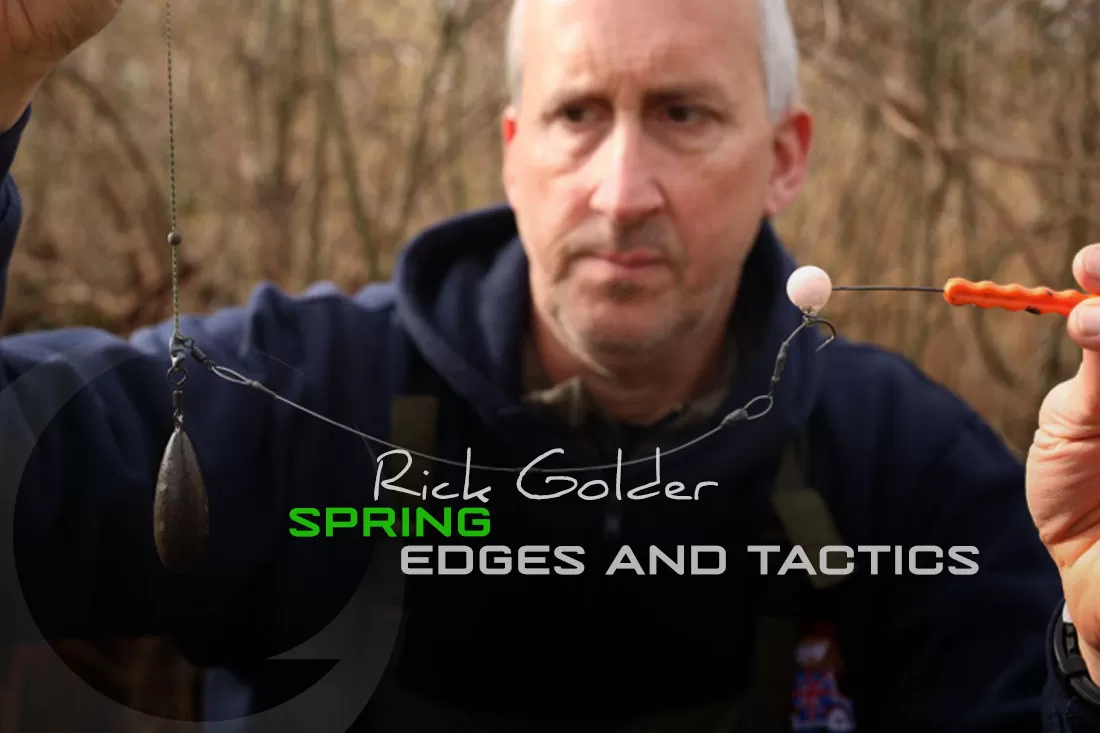
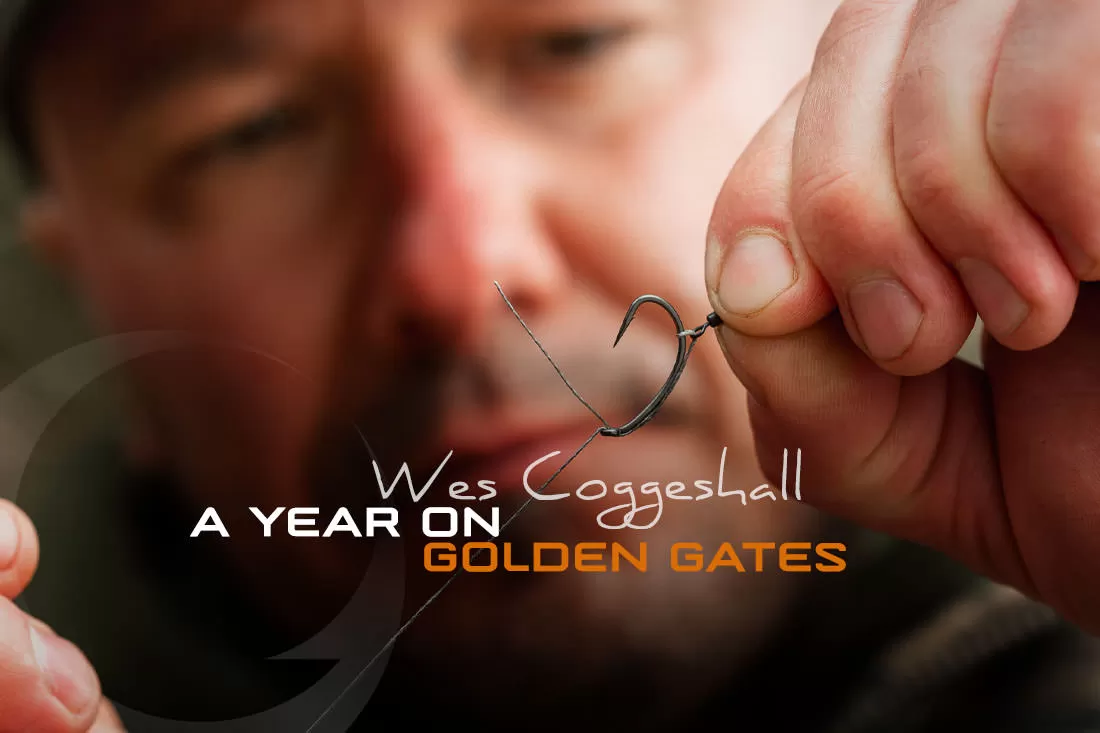
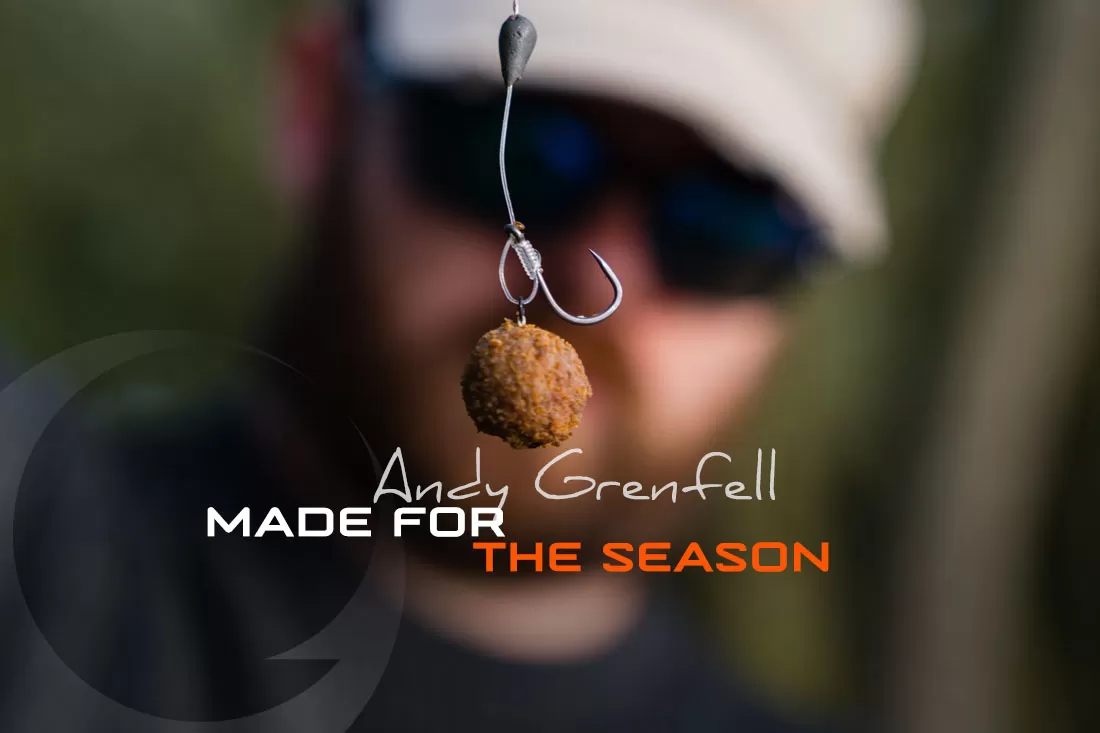
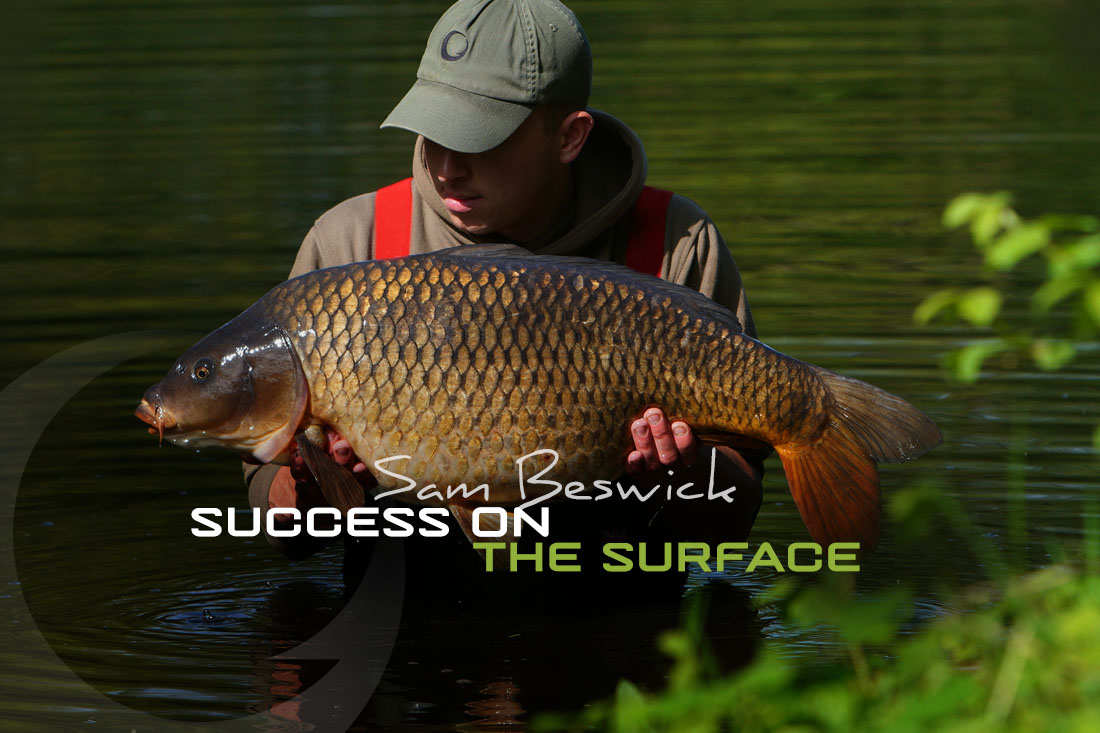
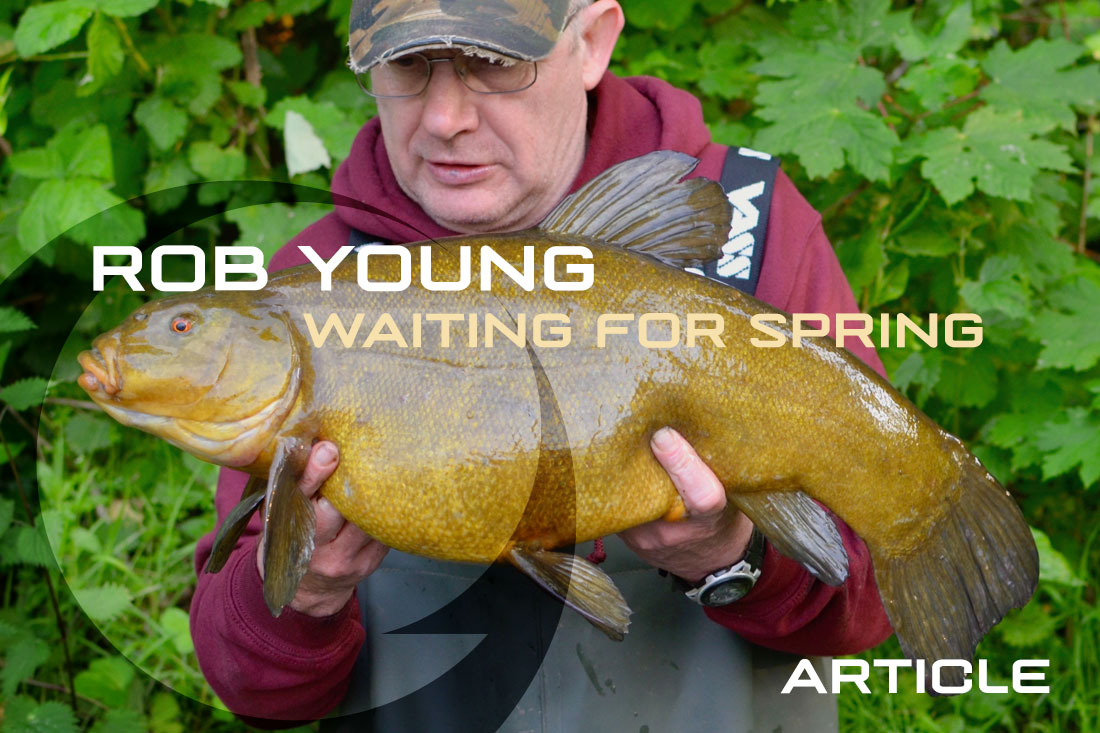
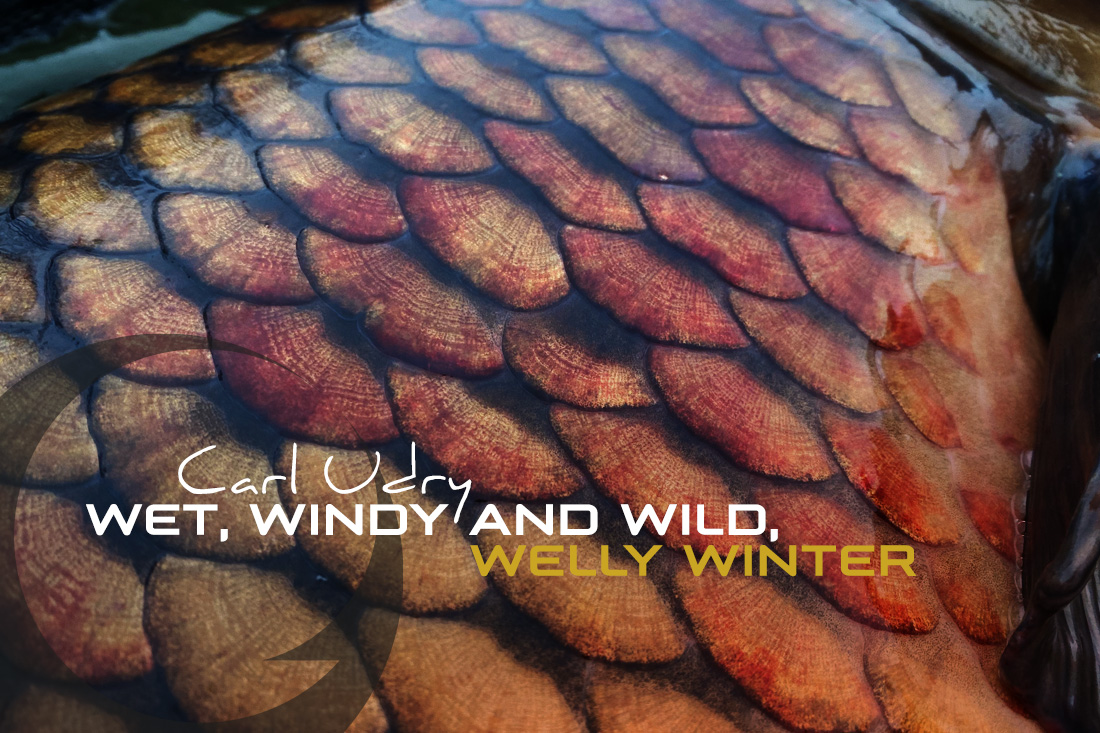
Leave A Comment